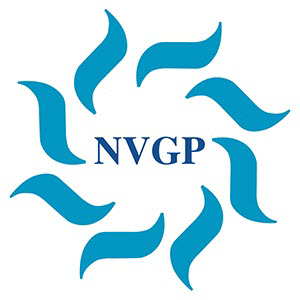Hafkenscheid, A., & Kiesler, D. (2007). Assessing objective countertransference: A comparison of two different statistical procedures in three different samples. Psychotherapy Research, 17(4): 393-403
Verslaggever Willem de Haas
Abstract
Objective countertransference (CT) refers to all covert psychological reactions and action tendencies of therapists that are evoked by patients’ maladaptive interpersonal styles. Although the clinical importance of objective CT reactions is now widely acknowledged, the measurement of such reactions is still in its infancy. The circumplex version of the Impact Message Inventory (IMI-C) is the only existing diagnostic device for assessment. This study is an empirical comparison of two different approaches to the measurement of objective CT with the IMI-C: (a) the classic intraclass correlation (ICC) approach to establish interrater reliability and (b) a peak octant approach, which assumes that different clinicians agree regarding the octants scales that are strongest or most distinctive for a particular patient. The two approaches are applied on three patient data samples. The data from two studies are reanalyzed using these two approaches, and the data of a third, new sample are included. The classic ICC analyses revealed that the CT reactions on the control dimension of the IMI-C are more objective than those on the affiliation dimension. The peak octant approach did not enhance the generalizability of impact messages at the octant level. The objective CT or impact messages concept showed relatively robust empirical validity at the control dimension of the interpersonal circle but not for the affiliation dimension or for the majority of the separate octants. Implications of these findings are discussed and suggestions are made for future research.
Wat betekent dit voor de groepstherapie?
Tegenoverdracht is een universeel verschijnsel in psychotherapie en zeker in groepstherapie. In groepstherapie kan de groepstherapeut tegenoverdracht ervaren tov de individuele cliënten, maar ook tov de groep als geheel. Dat tegenoverdracht geen storend verschijnsel is in de therapeutische relatie, maar juist een bron van informatie is al lang een gangbare overtuiging. Om dat relationele mechanisme zichtbaar en meetbaar te maken is nieuw. Hafkenscheid en Kiesler zijn autoriteit op dat gebied en bieden met dit artikel handvaten om overdrachtsgevoelens te objectiveren en te hanteren. Het betreft overdracht als universeel verschijnsel, dat zowel in individuele als in groepsbehandeling kan optreden.
| Relevantie voor richtlijnen | O O O O O |
| Relevantie voor onderzoek | O O O O O |
| Relevantie voor groepsbehandeling | O O O O O |
| Relevantie voor teamcoaching | O O O O O |
| Relevantie voor groepsdynamicaopleiding | O O O O O |
| Relevantie voor groepstherapieopleiding | O O O O O |
| Relevantie voor KP opleiding of Psychiatrieopleiding | O O O O O |
